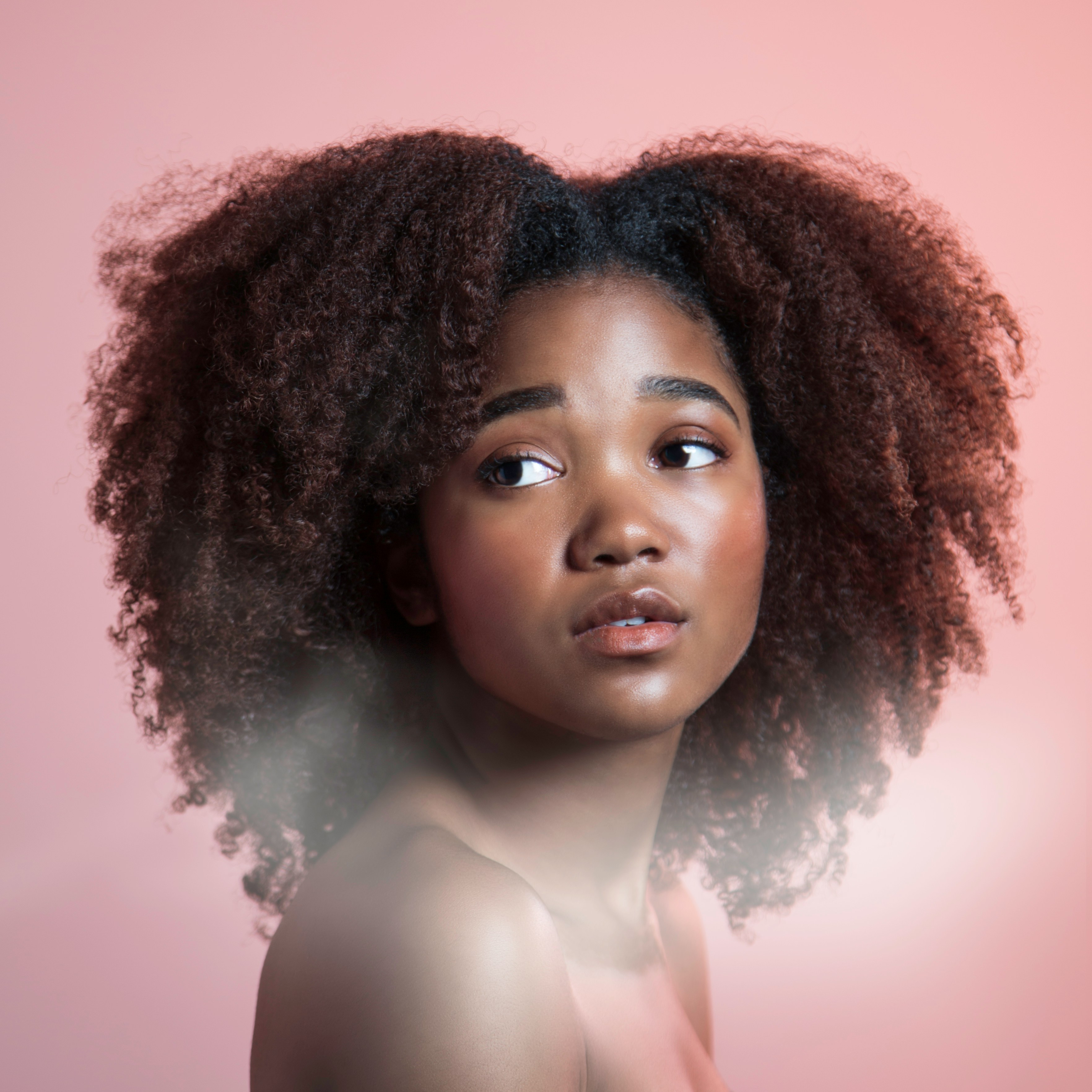Introduction: The concept of beauty and its ever-changing standards
Beauty is a concept that has fascinated humanity throughout the ages. It’s fluid, ever-changing, and deeply influenced by culture, society, and even politics. From the glamorous looks of Hollywood icons to the raw authenticity celebrated on social media today, beauty standards evolve like clockwork.
What was once adored can quickly fall out of favor. Trends come and go, yet they always leave an imprint on how we perceive ourselves and each other. Join me as we journey through the decades to explore how beauty ideals have transformed over time. Each era reflects not just aesthetic preferences but also shifts in societal values and norms that shaped our understanding of what it means to be beautiful. Let’s dive into this fascinating evolution together!
1920s: The Flapper Era and the rise of a new ideal of beauty
The 1920s marked a seismic shift in beauty ideals. The Flapper Era emerged as women began to defy traditional norms. They chopped their hair into chic bobs and embraced daring fashion choices.
This period celebrated youthfulness and liberation. Corsets became relics of the past, giving way to loose-fitting dresses that highlighted a boyish silhouette. Makeup was bold, with dark eyeliner and bright lips creating an air of confidence.
Flappers exuded freedom through their style and attitude. Jazz music filled the air as they danced away societal constraints. Beauty wasn’t just about looks; it represented independence.
Coco Chanel played a pivotal role during this time, popularizing tan skin and casual elegance. This new ideal shifted focus from conventional standards to individuality—a theme that would echo throughout future decades.
1950s: The hourglass figure and traditional femininity
The 1950s brought a glamorous shift in beauty standards. Women were celebrated for their hourglass figures, which emphasized curves and femininity. The silhouette became iconic, with cinched waists and voluminous skirts dominating fashion.
Stars like Marilyn Monroe and Audrey Hepburn set the tone. They embodied this look, showcasing an alluring blend of strength and softness. Their styles influenced countless women who sought to emulate that classic charm.
Makeup also played a crucial role during this decade. Bold red lips paired with winged eyeliner were essential for a polished appearance. Beauty was not just about looks; it was tied to identity and societal expectations.
Housewives often appeared as the epitome of elegance while balancing domestic life. This era romanticized traditional roles but also planted seeds for future shifts in how women viewed beauty and themselves in society’s mirror.
1970s: Embracing natural beauty and diversity
The 1970s marked a pivotal shift in beauty ideals. A celebration of natural beauty emerged, contrasting sharply with the previous decades’ glamor.
Long hair and free-spirited styles became popular. Women embraced their natural textures, leaving behind heavy styling tools. This was an era defined by authenticity rather than perfection.
Diversity took center stage as well. Models of varying ethnicities began to gain recognition, challenging the narrow standards that had dominated earlier years. The rise of icons like Iman and Naomi Sims showcased different shades of beauty.
Makeup trends shifted too; minimalism reigned supreme. Earthy tones replaced bold colors while skincare became essential, emphasizing healthy skin over heavy cosmetics.
Fashion reflected this embrace of individuality—bell-bottoms and flowing fabrics allowed for personal expression without rigid confines. The ’70s celebrated who you truly were, not just what society expected you to be.
1990s: The era of supermodels and perfectionism
The 1990s marked a turning point in beauty standards, giving rise to the iconic supermodel. Names like Naomi Campbell, Cindy Crawford, and Kate Moss became household staples. Their images were plastered on magazine covers worldwide.
This era celebrated tall, slender figures and flawless skin. The ideal was often unattainable for most women. Advertising campaigns emphasized perfection through airbrushing and digital enhancements.
Yet beneath this polished facade lay a deeper narrative. These models began to embrace their unique features while creating opportunities for diversity within the fashion industry. Notably, they challenged traditional norms by becoming powerful businesswomen as well.
Despite the pressure of perfectionism during this decade, many found empowerment in self-expression through fashion and makeup trends that defined a generation’s identity. This complex relationship with beauty continues to influence perceptions today.
2000s: Breaking boundaries with unconventional beauty standards
The 2000s marked a significant shift in beauty standards, breaking away from traditional molds. This era celebrated individuality and encouraged embracing one’s unique attributes. No longer was there just one definition of beauty; the focus shifted to inclusivity.
Runway shows began featuring models of various shapes, sizes, and ethnicities. The rise of social media platforms further amplified diverse voices. People started sharing their stories and redefining what it meant to be beautiful on their own terms.
Pop culture icons joined the conversation too. Celebrities like Adele challenged conventional looks with their talent rather than adhering strictly to industry norms. Beauty became more inclusive, reflecting a broader spectrum of identities.
This decade sparked conversations around body positivity and self-acceptance that continue today. The dialogue surrounding beauty grew richer as society explored different aspects of appearance beyond mere aesthetics.
Thus, the evolution of beauty standards in the 2000s laid the foundation for ongoing discussions about representation and diversity in every facet of life—a testament to how far we have come while still acknowledging there’s always room for growth and change ahead.
























